Out of the tragedy of Desert One rose U.S. Special Operations Command
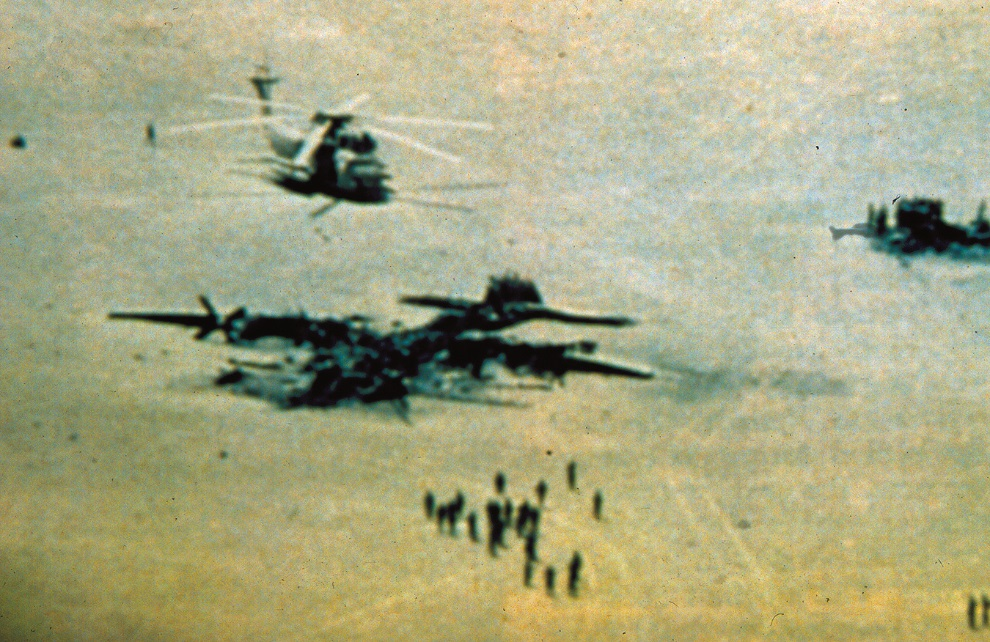
April 25, 1980, was a defining moment for the American people and Special Operations.
At 7 a.m., a somber president announced to our nation and the world the tragic news of Desert One. President Jimmy Carter revealed a secret hostage rescue mission had failed; eight American servicemen were dead and several others were seriously injured.
"That crushing failure at Desert One and its consequences told everyone, despite the enormous talent we had, we hadn't put it together right and something had to be done," said retired Lt. Gen. Sam Wilson, a former CIA field case officer, former Special Forces group commander, and former Director of the Defense Intelligence Agency.
"That conclusion was reinforced by the superficially successful operation in Grenada. Once again, our service components could not talk with each other, the forces had not lived together, trained together, nor did we share the same doctrine. The operation was like a pick-up basketball game. Desert One and Grenada were the two main events telling us something must be done," Wilson said.
Problems with the Grenada invasion and failure to fix the special operations joint mobility issues led Congress to pass the Nunn-Cohen Amendment mandating the president create a unified combatant command for special operations with control over its own resources.
"During the early eighties special operations forces encountered problems with the unified commands during the Brig. Gen. Dozier kidnapping and Operation Urgent Fury. We couldn't get the unified commands to understand what the special operations community was about," said retired Maj. Gen. Richard Scholtes, former Joint Special Operations Command commander. "SOF never talked to anyone in the House or Senate in those days so Gen. Vessey (Army Chief of Staff) asked some staffers to talk to us about the problems in Grenada. Discussions began in Congress to reorganize special operations to better define how SOF should be used."
By September 1986, there were three proposal bills — one from the Department of Defense, the Senate and the House of Representatives — to reorganize special operations. To accurately testify about SOF issues, Scholtes retired prior to appearing before the Senate Sea Power and Force Protection Subcommittee on Aug. 5, 1986.
"Gen. Scholtes has a reputation for integrity and principle. He would tell it like it was. That was important to the (Armed Services Committee) members," said former Sen. William Cohen, who served as Secretary of Defense from 1997 to 2001. "The Pentagon was waging a frontal and rear assault in opposition to the creation of a special operations command. Without his testimony, USSOCOM might not have happened, or we might have created a command with only two or three stars."
Scholtes provided the unvarnished military advice to Congress and now it was up to the legislative branch to create United States Special Operations Command.
"Senators William Cohen and Sam Nunn were the driving forces in the legislature in the creation of U.S. Special Operations Command," said James Locher, the first Assistant Secretary of Defense for Special Operations and Low-Intensity Conflict. "On the House side, it was Rep. Dan Daniel who played the lead role in pushing the legislation through."
The Department of Defense wanted to make SOCOM a two or three star command, but the legislative branch had other ideas.
"There were fundamental flaws in how we were operating and we needed a four-star in charge of the command to deal with his counterparts," said Cohen. "SOCOM's profile needed to be raised to get the money, the appropriations and the authority to start the command in a way that it would be significant."
U.S. Special Operations Command was formed April 16, 1987, with responsibility to organize, train and equip U.S. special operations forces from the Army, Navy and Air Force.
U.S. Army Gen. James Lindsay became U.S. Special Operations Command's first commander.
"I have been asked why the headquarters was kept in Tampa, and that is a great question because it caused me some sleepless nights," said Lindsay, who commanded until June 1990. "There was great pressure at that time to move the command to the Washington D.C. area, but I resisted because I didn't want SOCOM to become another staff agency." Since Lindsay's command at SOCOM there have be ten subsequent commanders, eight from the U.S. Army, two from U.S. Navy and one from the U.S. Air Force. Admiral Eric T. Olson became the first U.S. Navy SEAL to be promoted to four-stars and commander of USSOCOM. USSOCOM has four components consisting of U.S. Naval Special Warfare Command activated April 16, 1987; U.S. Army Special Operations Command activated December 1, 1989; U.S. Air Force Special Operations Command, activated May 22, 1990; and the most recent component, U.S. Marine Corps Forces Special Operations Command, activated February 24, 2006. Besides the components, USSOCOM now has seven theater special operations commands who support the global combatant commands. The command's responsibilities have also become more evolved and complex. Originally focusing on training and equipping SOF warriors, USSOCOM now is the lead combatant commander for planning, synchronizing, and, as directed, executing global operations against terrorist networks. Also, U.S. Special Operations Command will take a new, leading role coordinating the Pentagon's effort to counter weapons of mass destruction. SOF warriors are deployed to more than 90 countries, speak more than a 100 languages, and spends 365 days each year contributing to the fight on the War on Terrorism. The following examples are significant special operations that have taken place since USSOCOM's activation in 1987. From the beginning with Operation Earnest Will to today's Operation Inherent Resolve the special operations highlighted represent the entire spectrum of SOF unique capabilities in military operations. | 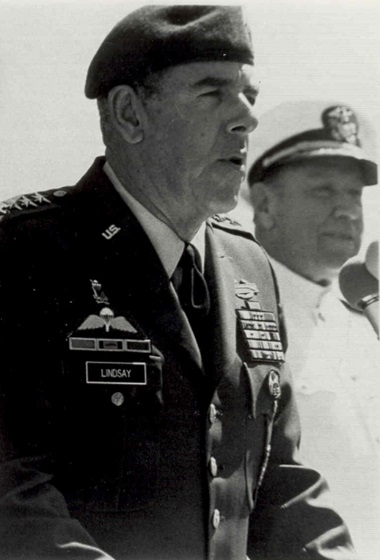 |
Operation Earnest Will
SOF’s first tactical operation involved SEALs, special boat units, and Army special operations aviators working together during Operation Earnest Will in Sep. 1987. The SOF aviators used “Little Bird” helicopters to disable the Iranian ship Iran Ajr while the ship was laying mines in the Persian Gulf. SEALs and special boat units later captured the ship. SOF provided critical skills necessary to help U.S. Central Command gain control of the northern Arabian Gulf and counter Iran’s small boats and minelayers. The most important lessons to come out of Earnest Will were the need to have highly trained SOF capable of responding rapidly to crises anywhere around the globe and the vital need for interoperability between conventional. | 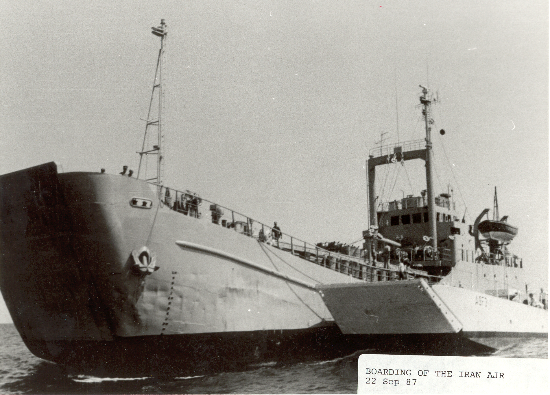 |
Operation Just Cause - Panama
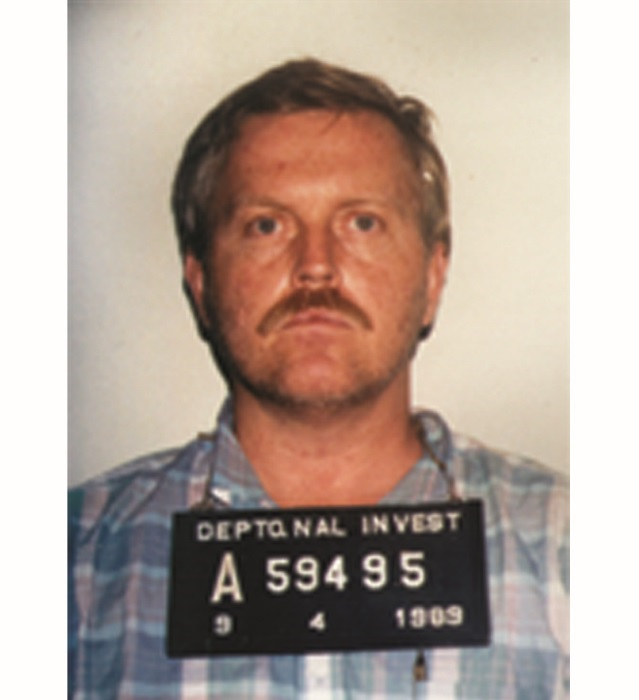
| The Panama invasion known as Operation Just Cause occurred in December 1989. Its key objectives were to capture Panamanian dictator Manuel Noriega and to set conditions to establish a democratic government. The Joint Special Operations Task Force was commanded by Maj. Gen. Wayne Downing. The task force's mission included the attack on the Panamanian Defense Headquarters and the rescue of American hostage Kurt Muse. The Muse rescue was the first successful hostage rescue since World War II. The 75th Ranger Regiment seized the Omar Torrijos International Airport, enabling the 82nd Airborne Division to enter Panama. The operation ended with Noriega surrendering to SOF and the country establishing a democratic government. Operation Just Cause demonstrated just how far SOF had come since Desert One; not only with regard to internal enhancements to SOF capabilities and command and control structures, but also with regard to the close integration of SOF and conventional forces. Operation Just Cause clearly validated how SOF were trained, equipped, and organized. |
Operation Desert Storm - Scud Hunters
Saddam Hussein was unable to battle in the air during Desert Storm because of coalition forces' air superiority. He decided to use Scud missiles to attack Israel in January 1991. Tactically, the Scud would not have a major impact, but its strategic effect was felt Jan. 18 when seven Scuds hit several Israeli cities. The Joint Special Operations Task Force was given the mission to stop the Scud attacks on Israel. 160th Special Operations Aviation Regiment (Airborne) armed MH-60s and SOF teams went hundreds of miles inside western Iraq to destroy the Scud infrastructure. SOF Scud hunting operations greatly reduced the attacks, persuading Israel to not enter the war. | 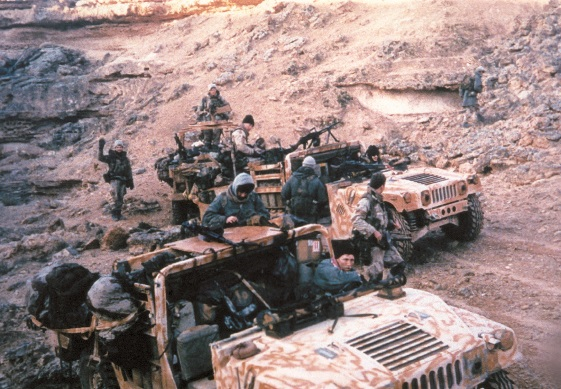 |
Operation Provide Comfort - Iraq
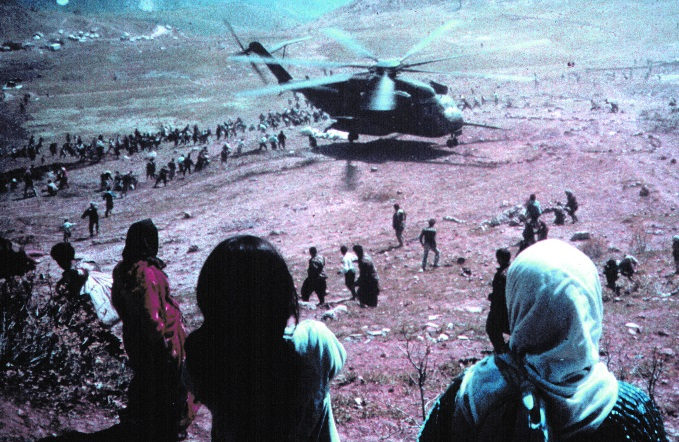 | In February 1991, Operation Provide Comfort may be the best example of SOF's capability to deal with a large-scale disaster. SOF's diverse talents made it a natural choice to support humanitarian assistance efforts. Iraqi Kurds had revolted against Saddam Hussein following Desert Storm, but Hussein's forces crushed the rebellion. Hundreds of thousands of Kurds fled to the mountains in northern Iraq and southeastern Turkey. MC-130E Combat Talons led other aircraft to drop emergency supplies for the Kurdish refugees. 10th Special Forces Group, supported by MH-53J helicopters, helped build suitable refugee camps and worked with refugee leaders to organize and distribute the supplies. Civil Affairs units helped with medical assistance, food distribution and daily camp operations. SEALs and special boat unit personnel provided security for the camps, and psychological operations units produced thousands of leaflets providing instructions on how to get help within the camps. SOF were credited with saving thousands of lives by providing skilled personnel to rebuild the civil infrastructure, establish supply networks and provide medical assistance. |
Operation Gothic Serpent - Somalia
160th SOAR (A) helicopters carrying special operators from Task Force Ranger at Mogadishu Airport were given the mission to capture Somalia's Gen. Mohamed Farah Aideed and his lieutenants in October 1993. During the mission, two MH-60 Blackhawks were shot down forcing a rescue operation. The task force faced an overwhelming Somali mob that overran the crashed helicopter sites, creating a dire situation. Task Force Ranger experienced a total of 17 killed in action and 106 wounded. Task force members had to operate in an extremely difficult environment that required constant innovation, flexibility and sound judgment. The task force had more than held its own against a vastly superior enemy that was battle-hardened from years of civil war and urban fighting. Master Sgt. Gary Gordon and Sgt. 1st Class Randall Shughart were posthumously awarded the Medal of Honor for their actions in trying to save a downed helicopter crew. |
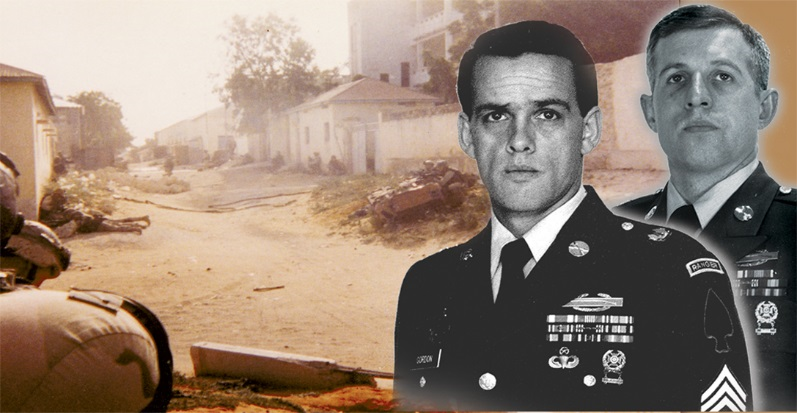
|
Operation Uphold Democracy - Haiti
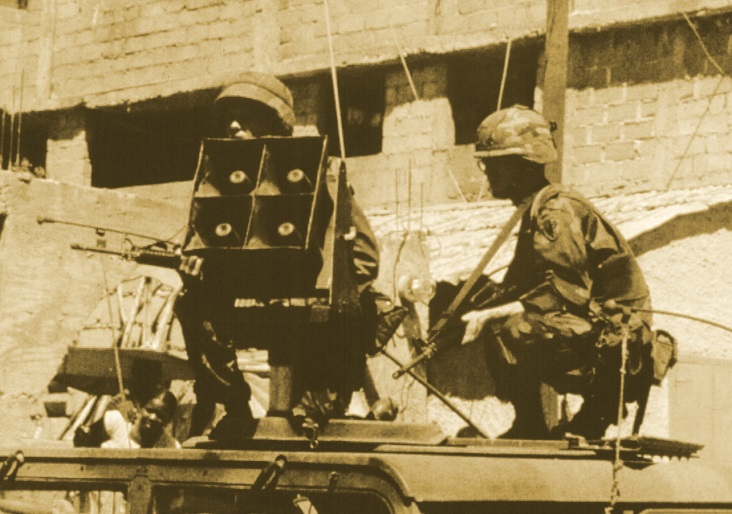 | Haiti had endured unrelenting political oppression for hundreds of years. In Operation Support Democracy and its predecessor Operation Uphold Democracy, SOF played a strategic role in securing peace within Haiti. On Oct. 15, 1993, Operation Support Democracy began with a naval blockade. Patrol craft with SEALs aboard were used to board ships smuggling contraband into Haiti. By June 1994, the SEALs had boarded hundreds of ships. President Bill Clinton was still dissatisfied with the political oppression in Haiti in July 1994 and authorized an invasion plan. SOF were assigned to take down key government sites followed by a link-up with conventional forces similar to the invasion of Panama in 1989. After the main takedown, SOF were to secure the countryside. The invasion was called off because former President Jimmy Carter, Sen. Sam Nunn and retired Gen. Colin Powell brokered a peace deal. Operation Uphold Democracy began and 3rd Special Forces Group set up three forward operating bases with Operational Detachment-Alpha teams keeping law and order in the countryside. A psychological operations campaign using leaflets, radio broadcasts and airborne loudspeaker platforms encouraged cooperation with U.S. forces and avoided bloody conflicts with the former regime. With the assistance of nongovernmental organizations, civil affairs units rebuilt infrastructure and restored electricity. The peace and order found in the Haitian countryside during Operation Uphold Democracy were a remarkable tribute to SOF. |
Operation Allied Force - Balkans
The North Atlantic Treaty Organization initiated Operation Allied Force March 24, 1999, to put an end to Serbia’s violent repression of ethnic Albanians in Kosovo. A 78-day bombing campaign eventually forced Serbian President Slobodan Milosevic to withdraw his forces from Kosovo. The bombing strategy did not prevent Serbia from forcing an estimated 800,000 refugees out of the country, creating an enormous humanitarian crisis in neighboring Albania and Macedonia. SOF played a strategic role throughout the Balkans region with civil affairs units coordinating large-scale humanitarian relief efforts with U.S. governmental agencies and international relief organizations, arranging food, shelter and medical care for the refugee camps. SOF helicopters airlifted supplies into refugee areas prior to conventional forces arriving. Within Kosovo itself, SOF aircraft dropped food and supplies to displaced people. SOF engaged in direct action and special reconnaissance missions to include AC-130 gunships attacking Serbian positions. SOF also rescued the only two U.S. pilots downed during the war. SOF employment during Allied Force enabled commanders to conduct ground operations in a politically sensitive environment, fostering a strategic impact throughout the Balkans region. |
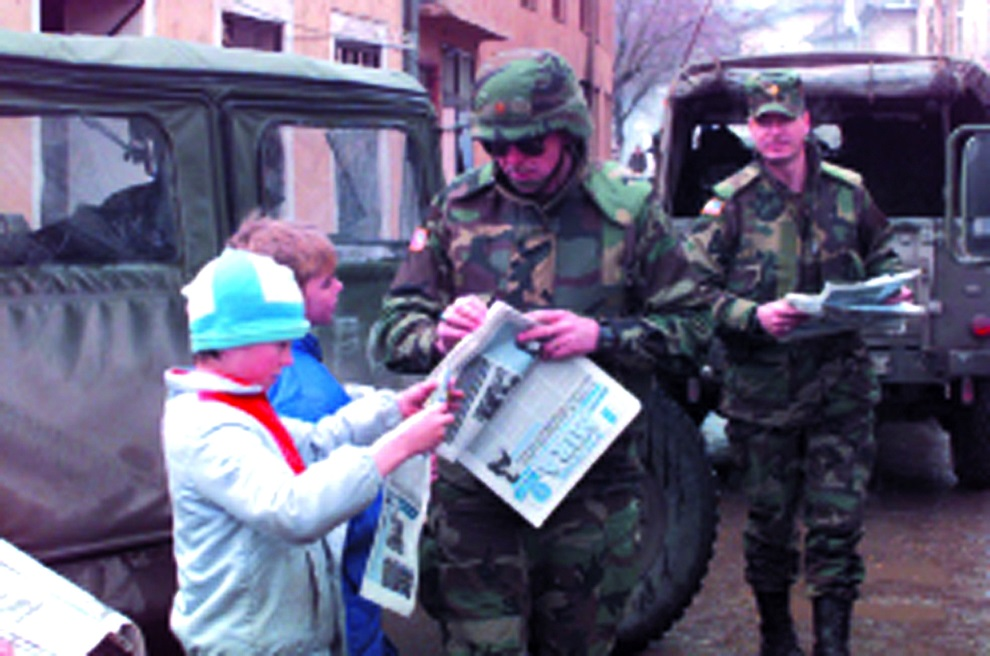 |
Operation Enduring Freedom - Afghanistan
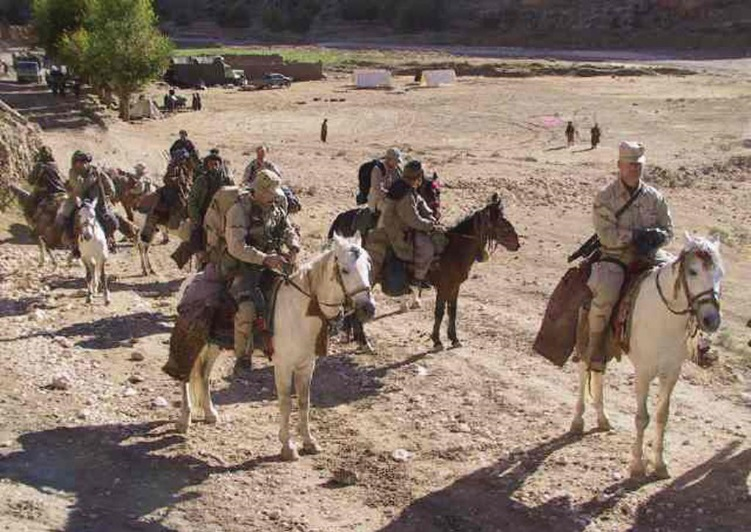
| Special operations forces achieved spectacular results during Operation Enduring Freedom in Afghanistan. Task Forces Dagger and K-Bar deployed into Afghanistan to prepare for operations in September 2001. Their mission was to conduct unconventional warfare with coalition forces to free Afghanistan from Taliban oppression and to no longer allow the area be a safe haven for terrorist organizations. Shortly after arriving, 5th Special Forces Group ODA augmented by Air Force Special Tactics personnel and assisted by Afghani opposition forces infiltrated contested areas. Subsequently, SOF elements coordinated Air Force and Navy attacks against enemy positions while working with coalition forces to arm, train and lead elements under extremely hazardous conditions. The effort led to the complete rout of Taliban and al Qaeda terrorist elements in Afghanistan within 49 days. The teams did all this with an amazing variety of equipment: everything from donkeys and horses to computers and satellite communications. The success of unconventional warfare operations in Afghanistan generated many lessons for future operations, but their swift and complete success, with minimal U.S. casualties, also demonstrated the effectiveness of SOF unconventional warfare. Operations still continue today on a smaller scale. Last, Osama Bin Laden was ultimately killed by a SOF team May 2, 2011 in Abbottabad, Pakistan. |
Operation Enduring Freedom - Philippines
Operation Enduring Freedom extends into the Philippines and is almost exclusively a special operations effort. In today's flat world with satellite communications and the internet, it is important to understand the battlefield is global. Successful special operations began in February 2002, and are being implemented on the island of Basilan where terrorists from the Abu Sayyaf group had taken stronghold. Abu Sayyaf is linked to larger terrorist organizations that have a global reach. SOF is helping the Philippine government gain control over the region. The visible method was to train the Filipinos to kill or capture terrorists, but less visible and more enduring were SOF efforts to sever the link between the terrorists and the population. SOF, teamed with their Filipino counterparts, identified Abu Sayyaf strongholds and established bases within their territory, forcing the terrorist group to scatter, thereby separating them from the population. This tactic allowed SOF and the Filipino forces to provide security and to determine the local needs. Digging new wells for clean water, building schools to educate children and establishing hospitals so basic medical care needs could be met are all missions SOF fostered in Basilan. Creating conditions where people want to live peacefully is a powerful weapon against terrorism. Direct action will become increasingly restricted as the Global War on Terrorism matures. Indirect actions of foreign internal defense and civil affairs programs are the key to winning the war on terror. |
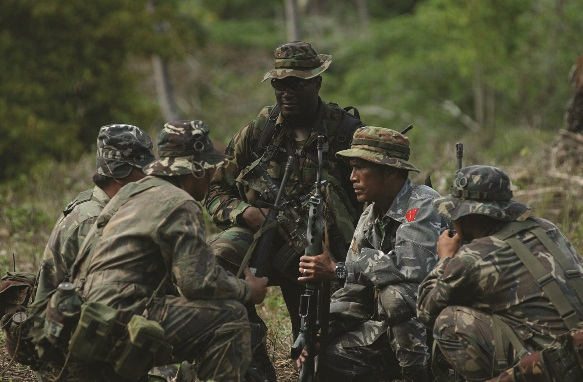
|
Operation Iraqi Freedom/New Dawn
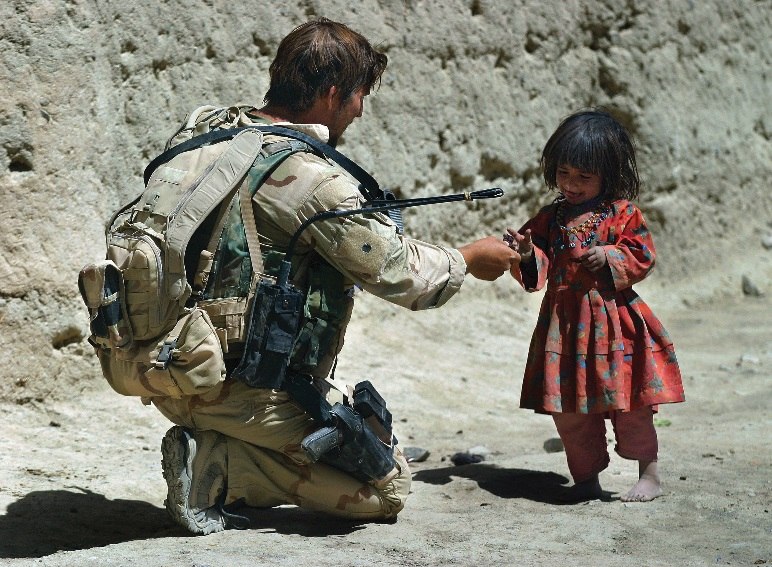 | SOF were given key roles in Operation Iraqi Freedom such as stopping Saddam Hussein from creating an ecological disaster by dumping massive quantities of oil into the Arabian Gulf and lighting oil fields on fire as he had done during Desert Storm. SOF were also assigned key missions including preventing the Iraqi V Corps in the north from reinforcing Baghdad; conducting special reconnaissance and direct action missions in western Iraq to locate and destroy Iraqi mobile missiles; supporting Combined Forces Land Component Command movement from the south toward Baghdad; conducting support and stability operations throughout the country; and interdicting borders and lines of communication. Additional SOF operations included conducting airborne parachute assaults to seize key airfields; participating in efforts to kill or capture key personnel within the Iraqi regime; and seizing and protecting suspected sites where weapons of mass destruction were manufactured. SOF were rapidly and effectively deployed during Operation Iraqi Freedom working closely with conventional forces and governmental agencies. The strategic and operational achievements of SOF had USSOCOM fighting on all fronts, suppressing missile launches against friendly forces and preventing an epic environmental disaster. Today, SOF continue to play a major role in stability operations with the long-term goal of building a free Iraq. |
Operation Inherent Resolve
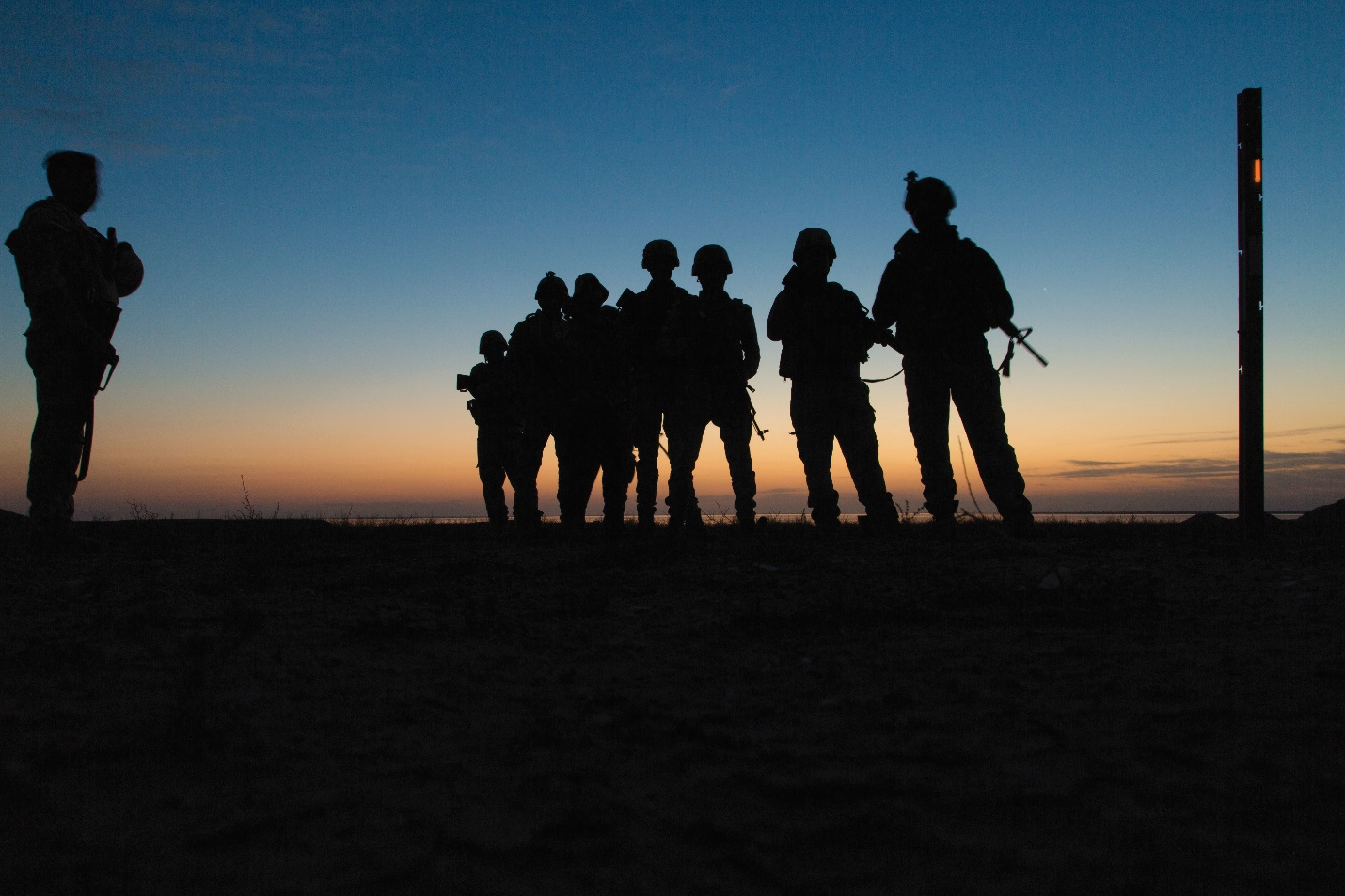
Today, special operators are involved in the campaign in Iraq and Syria to defeat Islamic State of Iraq and the Levant as part of Operation Inherent Resolve. OIR was formed Sept. 10, 2014, when President Obama announced the formation of a broad international coalition to defeat ISIL. SOF is an integral part of the Combined Joint Task Force – Operation Inherent Resolve that will carry out this mission.